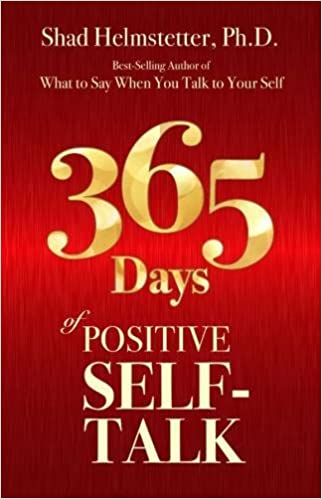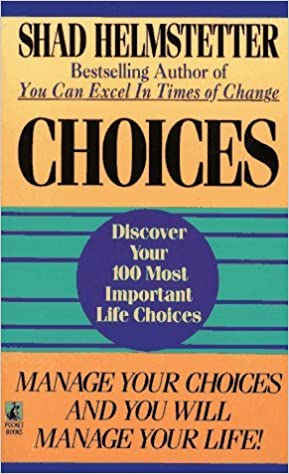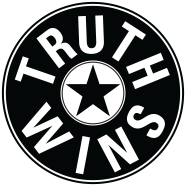- Details
- Written by: Gaelyn Whitley Keith
New International Version
So tell them, ‘As surely as I live, declares the LORD, I will do to you the very thing I heard you say:
Numbers 14:21
The tongue has the power of life and death, and those who love it will eat its fruit.
Proverbs 18:21
- Details
- Written by: Gaelyn Whitley Keith
Overcoming Temptation

- Details
- Written by: Gaelyn Whitley Keith
Your subconscious mind is an incredibly powerful God given tool. When you use it correctly it will do anything necessary to help you achieve your goals. Unless you tell it what to do, it doesn’t know the difference between right and wrong. These are some books I think you will find helpful.


Link to purchase:
365 Days of Positive Self-Talk
Choices: Discover your 100 Most Important Life Choices
- Details
- Written by: Gaelyn Whitley Keith
I listen to this every morning as I get ready to begin my day. It is more powerful if you repeat it, but just listening to it passively in the background also offers life changing benefits. It is free and a good source to add to your other “‘Truth-Talk"' programs.
I hope you will give it a try for a month and see a big change in your life. Once you do that I know you will continue to do it for the rest of your life.
- Details
- Written by: Gaelyn Whitley Keith
Right Click and Select Save As to Download The Video
Right Click and Select Save As to Download The Audio Version
 Truth Wins
Truth Wins